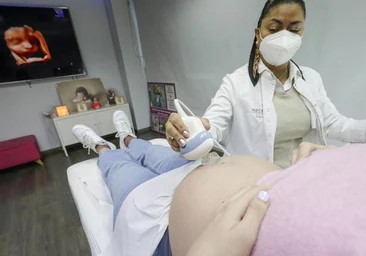The rate of sexually transmitted infections has tripled in Alicante over the past five years.


Sunday, October 27, 2024 07:08
you need to be registered to access this feature.
In recent years, the incidence of sexually transmitted infections (STIs) has continued to rise. Over the past five years, the incidence rate of one of the two most common STIs, gonorrhea, has tripled in the province of Alicante: from 18.88 cases per 100,000 inhabitants to the current 54.29. This is reflected in the report “Epidemiological Surveillance of Sexually Transmitted Infections in Spain 2023”, prepared by the Carlos III Institute of Health, which X-rays the evolution of these infections since 2016.
Of the four infections analyzed, gonorrhea (gonococcal infection) and chlamydia (chlamydia trachomatis) have the highest rates in Alicante and the Valencian Community as a whole, although they all show an increasing trend. Thus, last year the number of gonorrhea cases decreased from 12.81 cases per 100,000 inhabitants (a total of 633) to 2832 cases and a rate of 54.29. However, this latest figure is below the state average of 71.54.

A similar trend is seen for chlamydia, which has risen from 671 cases reported seven years ago to 2,811 and a rate of 53.89 (also below the state average of 78.9).
Syphilis also increased, although to a lesser extent than the other two previous STIs, doubling its rate from 9.74 and 481 total cases to 1,012 cases and a rate of 19.40 per 100,000 inhabitants. However, the indicator is close to the state average, located at 22.62. The latest STI to be monitored is lymphogranuloma venereum, the first cases of which began to be reported in the Community in 2018, according to a report by the Carlos III Institute of Health. compared to 1.05 last year and 55 cases throughout the Community.
Among the report’s findings is that STIs affect men more than women. So much so that cases of gonococcal infection in men account for 80% of the total, and in the case of syphilis – 88%. However, the difference decreases in the case of chlamydia, in which women account for 46.6% of cases.
The report also found a higher incidence rate among young people (especially those aged 25 to 34 years), although with differences depending on the disease, and the percentage of cases reported in those under 25 years of age was highest in chlamydia cases and are minimal in lymphogranuloma venereum.
As a recommendation, those responsible for the report consider it necessary to implement surveillance for Chlamydia trachomatis and lymphogranuloma venereum in all autonomous communities, and although individual declaration applies in all communities that notify, “the completion of some variables, especially those related to the mode of transmission,” the document states.
